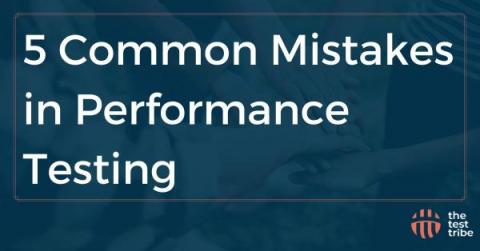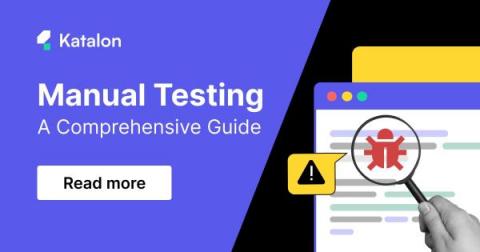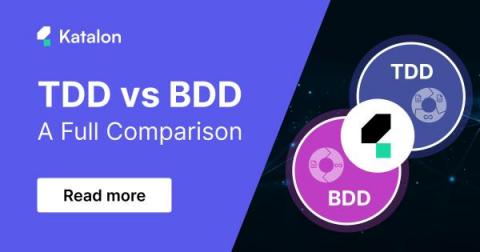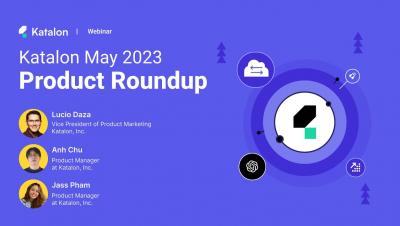Systems | Development | Analytics | API | Testing
Testing
The latest News and Information on Software Testing and related technologies.
Explore What's New - Episode 4
Enhance Airline Digital Experience with Cigniti's Expertise
5 Common Mistakes in Performance Testing
Are you currently working on performance testing or planning to dive into it? Maybe you’ve already taken the first steps on your learning journey. Well, here’s the deal: when it comes to any task, mistakes happen. They’re unavoidable, no matter your field or the kind of task you’re tackling. Believe it or not, even seasoned experts can slip up and make mistakes. And guess what? Performance testing is no exception!
Manual Testing: A Complete Guide
Manual testing is a type of software testing where testers evaluate software or application quality manually, without the help of automated testing tools or executing test scripts. Testers interact with the system similar to how an end user would to identify bugs, defects, and issues in the software that create friction in user experience. When a developer manually runs their application and tries out the features they have coded, they are performing manual testing.
Best 10 Regression Testing Tools in 2023
Let’s say a developer introduced some changes and 2 days later the team observes that a feature does not work partially. This feature is not related to this developer’s change. However, since it was working fine a day later, all the changes may be reviewed by the manager. The conversation may start with the manager asking a question such as, “Did your changes regress?” To which the developer might agree after analysis or go into debugging mode.
Continuous Testing Strategy: How To Implement It For Devops?
Continuous testing is a key part of DevOps. It makes sure that software products are released with the best quality. In this blog post, we will talk about how to get started with a continuous testing strategy for DevOps projects. That way you can make sure your development process runs smoothly and efficiently.
TDD vs BDD: Full Comparison
TDD (Test Driven Development) and BDD (Behavior Driven Development) are fairly similar development approaches that both emphasize testing and collaboration, yet have major differences in focus and methodology. Simply put, in TDD, developers test first, then use the test results to guide their development, while in BDD, developers express the system behavior they want to create through Gherkin syntax, then code according to those Gherkin expressions.
Exploring the Use of Generative AI in Healthcare and Medicine
With GPT taking the world by storm, the age of Generative AI has truly begun. No aspect of human endeavor will be untouched by this revolution, from arts and media to engineering and finance. In the realm of healthcare & medicine, this cutting-edge technology holds immense potential to transform patient care, diagnostics, and treatment planning.











